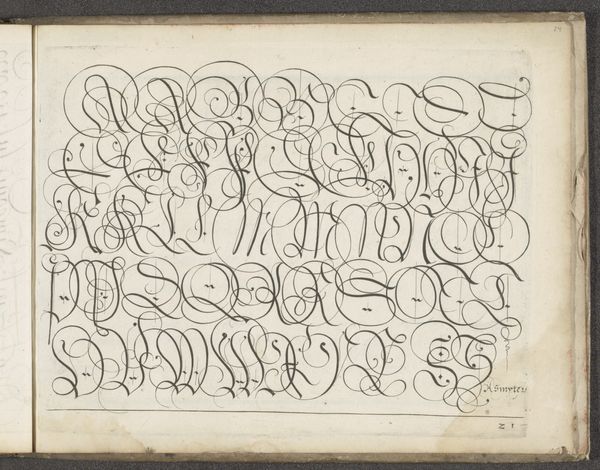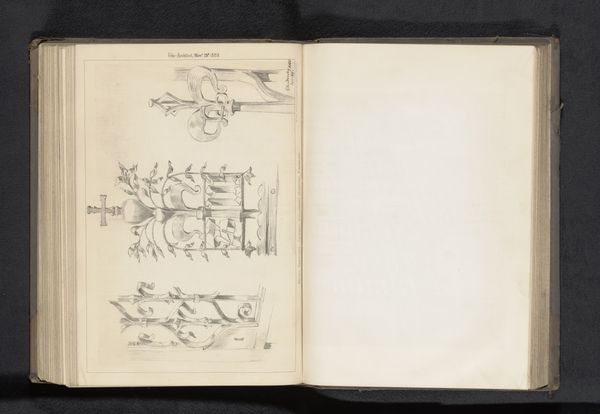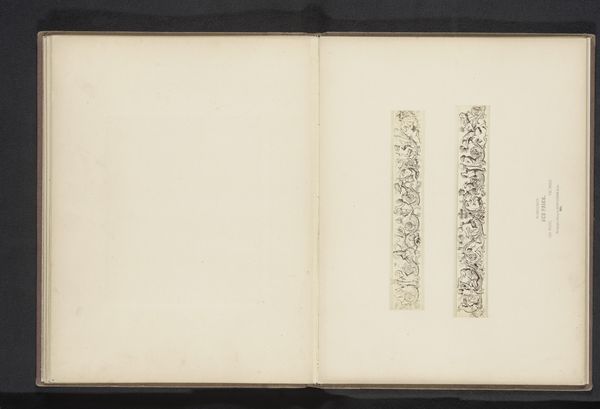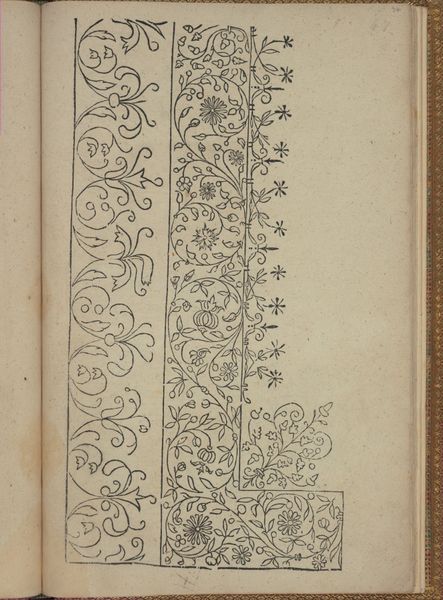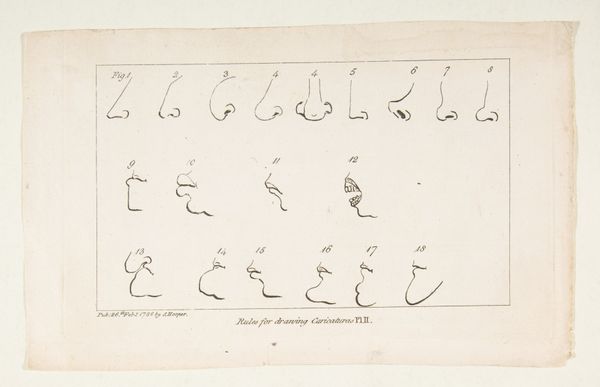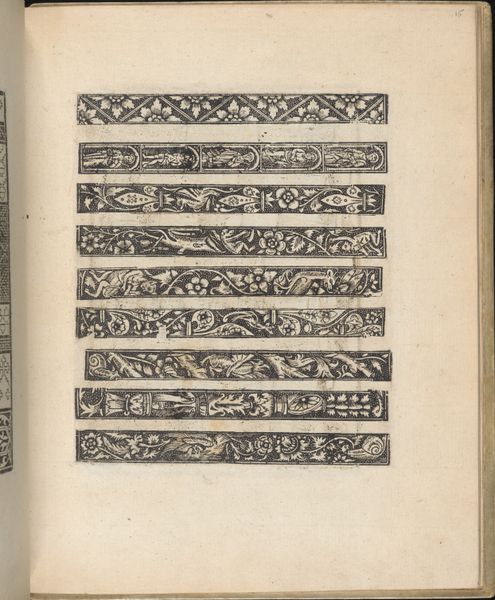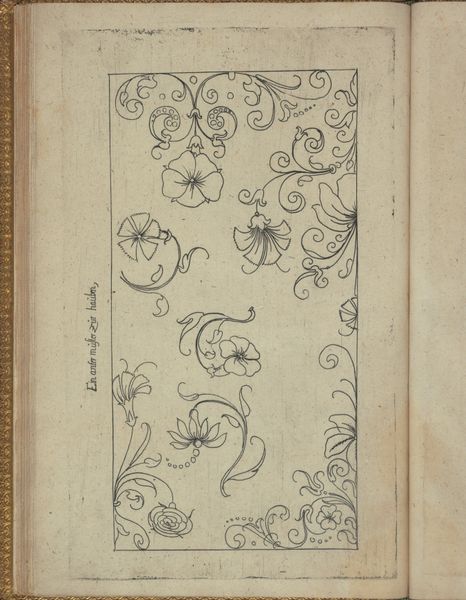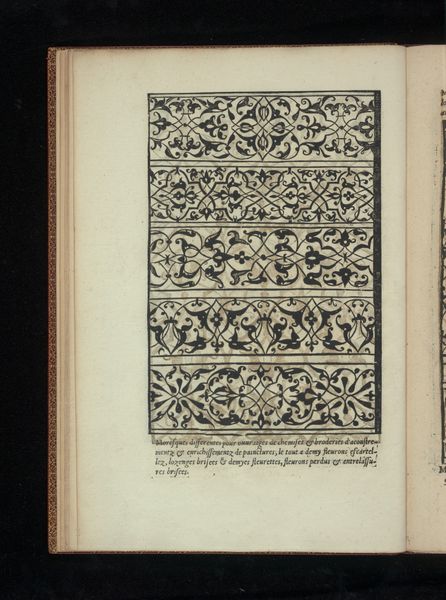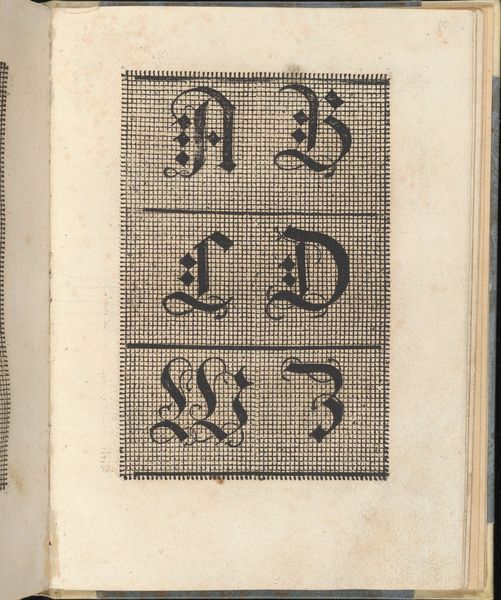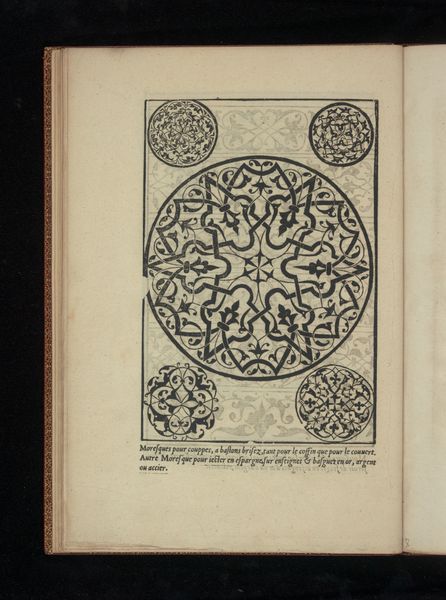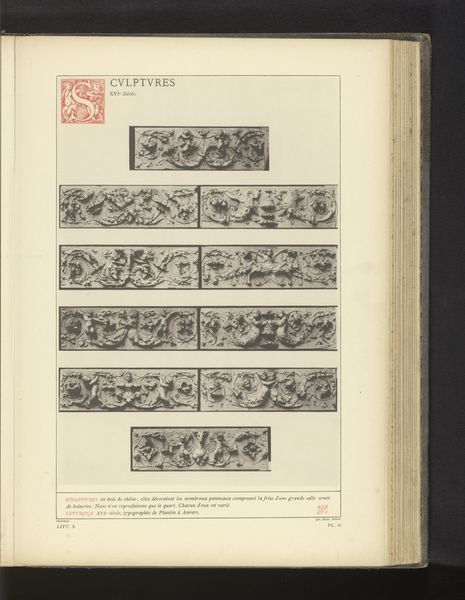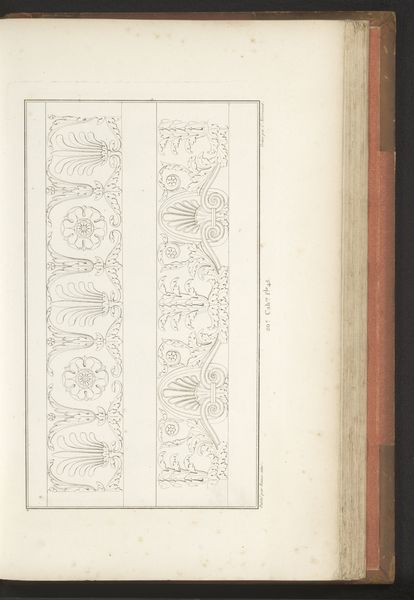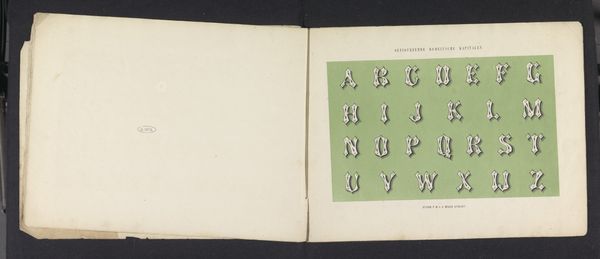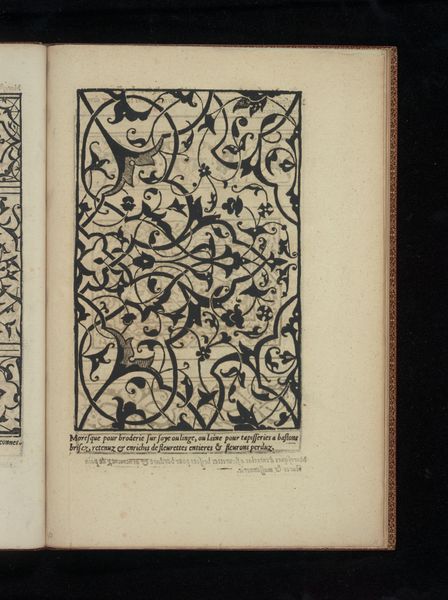
drawing, paper, typography, pen
#
drawing
#
script typography
#
hand-lettering
#
sketch book
#
hand drawn type
#
hand lettering
#
paper
#
11_renaissance
#
personal sketchbook
#
typography
#
hand-drawn typeface
#
fading type
#
sketchbook drawing
#
pen
#
sketchbook art
#
calligraphy
Dimensions: height 237 mm, width 315 mm
Copyright: Rijks Museum: Open Domain
Editor: This is "Alfabet in Fraktur," an 1855 drawing by Pieter Wilhelmus van de Weijer. It's pen on paper, featuring the alphabet in Fraktur script across the opened pages of what looks like a sketchbook. The aged paper makes the lettering seem delicate and refined, like a cherished practice. What can you tell me about it? Curator: For me, this sketchbook page is particularly interesting for what it tells us about the process of learning and the standardization of skills in the 19th century. The Fraktur script, with its associations to German printing traditions, demanded specific training and expertise. This wasn’t just about individual artistry, but about mastering a codified form. Editor: So it’s less about personal expression and more about skill acquisition? Curator: Precisely! Think about the labor involved – the repetitive practice needed to achieve this level of uniformity. The very materiality of the paper, the pen, the ink – these are the tools of production, aren't they? The sketch book itself implies both study and documentation; consider too who had access to the training to make these uniform characters? This script became essential for government and bureaucracy across the Hapsburg empire, and by tracing these historical ties, we see an interplay between aesthetics and the material conditions that gave rise to them. What does the repetitive nature of the alphabet evoke for you? Editor: It highlights the labour involved and standardization that was needed. It wasn't merely a case of talent; training mattered greatly. I appreciate how looking at the materials brings a new appreciation! Curator: Indeed, shifting the focus from subjective "beauty" towards the process of making, allows us to re-evaluate our understanding and create more historically grounded context for viewing art.
Comments
No comments
Be the first to comment and join the conversation on the ultimate creative platform.
